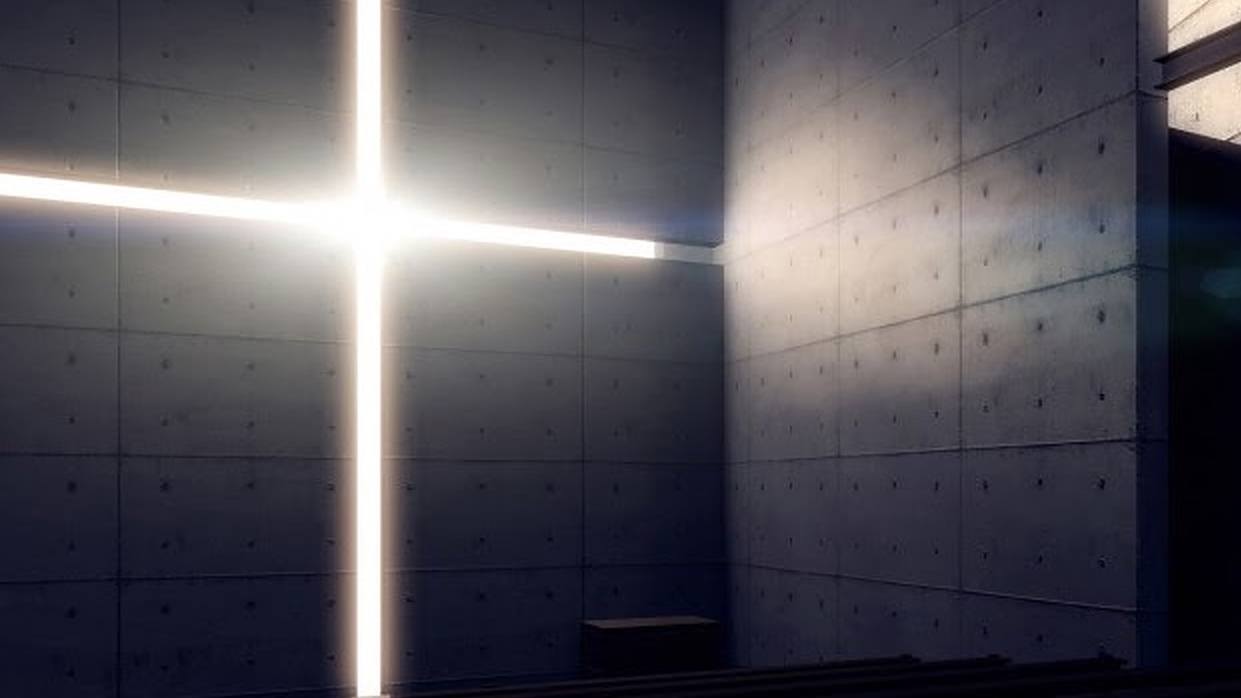Mystery and intrigue have long surrounded the genesis of Mozart’s Requiem in D minor.
In early July of 1791, an “unknown, gray stranger” visited the composer, bearing a commission for a Requiem from an anonymous patron. At the time, Mozart was working tirelessly to complete two operas, The Magic Flute and La clemenza di Tito. By the time he turned his attention to the Requiem the following September, his health was in terminal decline. He worked obsessively with the haunting premonition, “I fear that I am writing a Requiem for myself.”
The 1984 film, Amadeus, casts the repeated visitations of the shadowy messenger in a supernatural light, and shows Mozart on his deathbed, dictating the Requiem to his contemporary, Antonio Salieri. Salieri was not present at the time, nor did he poison Mozart, as the fictionalized account alleges. Yet, the dying composer gave his student, Franz Xaver Süssmayr, instructions on how to finish the work. In his final days, Mozart sang through sections of the Requiem with his wife, Constanze, and a group of friends which included Benedikt Schack, the tenor who sang the role of Tamino in The Magic Flute. According to Schack, on the night of his death, Mozart sang the alto part and got as far as the Lacrimosa before tearfully putting the score aside.
At the time of Mozart’s death on December 5, 1791 at the age of 35, only the Requiem and Kyrie movements were completed. Voice parts and detailed drafts, which included bass lines for the Dies irae through the Hostias existed as sketches. The secret patron was later revealed to be Count Franz von Walsegg, an amateur musician who wished to pass off the Requiem as his own composition in memory of his recently deceased wife. Constanza was fearful that much-needed money from the commission would evaporate if it was known that Mozart had died before completing the Requiem. She asked a series of composers, including Franz Beyer and Abbé Maximilian Stadler, to finish the work. Each filled in a portion of Mozart’s blueprint, but ultimately returned the score. Eventually, the Requiem’s completion fell to Süssmayr, who rewrote the entire score in his own hand and falsified the date of completion with the inscription, di me (“by me”) W.A. Mozart, 1792. Beethoven declared that “If Mozart did not write the music, then the man who wrote it was a Mozart.”
Mozart’s Requiem is set in D minor, the shadowy, supernatural key of the Piano Concerto No. 20 and the ghostly Commendatore Scene of Don Giovanni. Its scoring favors the dark sonorities of low and mid-range instruments which include basset horns, bassoons, and three trombones (an instrument with deep liturgical and supernatural connotations). The mournful introduction pays homage to Handel’s funeral anthem, The ways of Zion do mourn, HWV 264. The influence of Handel continues with the double fugue of the Kyrie, based on a passage from Messiah, HWV. 56 (“And with his stripes we are healed”). The Dies irae erupts with trumpet fanfares and tempestuous tremolo in the strings. The Tuba mirum begins with a majestic statement by the solo trombone, which becomes a new, conversing voice. The concluding sections of the Requiem return to the music of the Kyrie with new words. Süssmayr returns to the music of Mozart’s hand and provides the work with a dramatic bookend. The third is omitted from the final chord, and we are left with primal open fifths.
Here is Philippe Herreweghe’s recording with the Orchestre des Champs-Elysees and La Chapelle & Collegium Vocale Royale. The soloists are Sibylla Rubens (soprano), Annette Markert (alto), Ian Bostridge (tenor), and Hanno Müller-Brachmann (bass). Here is the Latin text with English translation.
Five Great Recordings
- Mozart: Requiem in D minor, K. 626, Philippe Herreweghe, Orchestre des Champs-Elysees, La Chapelle & Collegium Vocale Royale Amazon
- Georg Solti and the Vienna Philharmonic (1991 concert recording)
- Karl Böhm and the Vienna Philharmonic
- John Eliot Gardiner and the English Baroque Soloists, Monteverdi Choir
- Charles Mackerras and the Scottish Chamber Orchestra (Robert Levin’s alternate completion)
Featured Image: “The Church of Light” in Osaka, Japan (1989), Tadao Ando


k626 is wonderful listening along side the c minor mass which is also great music
Listen to the C minor Mass here: https://thelistenersclub.com/2017/11/08/mozarts-mass-in-c-minor-an-unfinished-monument/